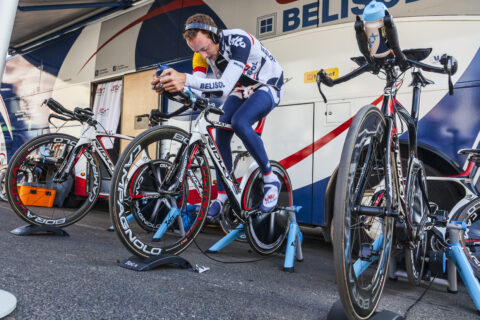So you want to give the polarized training approach a go? Here’s how to map out your week using the 80/20 training model.
So you want to give the polarized training approach a go? Here’s how to map out your week using the 80/20 training model.

So you want to give the polarized training approach a go? Here’s how to map out your week using the 80/20 training model.

So you want to give the polarized training approach a go? Here’s how to map out your week using the 80/20 training model.

We explore the best method for priming yourself for racing—busting myths and delving into the science of warm-up routines.

In this popular high-intensity fitness test, we explore the strength and endurance attributes that matter most, and how you can prepare for competition.

By stringing together several days of high-intensity training, then adequately recovering, overload blocks can produce big gains.

Adding days to your microcycles will help you improve recovery, which can improve HIT sessions. It’s a win-win.